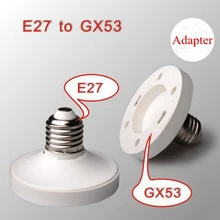i live fairly rurally and occasionally suffer a problem where the lighting flickers quite a lot in the evening. I'm not certain but suspect it may be due to fluctuations in the supply voltage or by devices in the house turning on and off; perhaps one of the neighbours on the same phase has a massive TIG welder.. perhaps the hob, fridge and heat pump are conspiring to give me epilepsy
I'm curious to know if there exists any device that could be connected into the lighting radial that will smooth out the power delivery, perhaps something like a UPS does for computers, but fast enough that fluctuations in power supply to lighting don't cause visible flickering?
I'm curious to know if there exists any device that could be connected into the lighting radial that will smooth out the power delivery, perhaps something like a UPS does for computers, but fast enough that fluctuations in power supply to lighting don't cause visible flickering?


